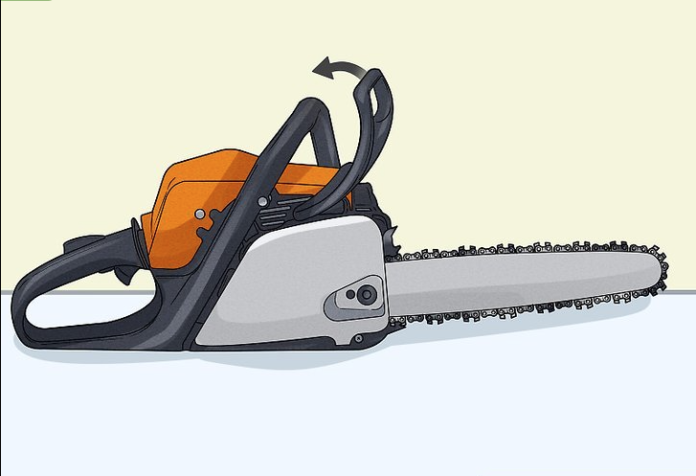Chainsaws are handy tools that can be put to many different uses apart from just cutting wood. They are an excellent tool to have on hand for operations requiring speed, such as cutting through bricks or steel piping. The following are some benefits of using chainsaws.
Chainsaw Chains Cut Swiftly
A chainsaw chain can cut through a 12-inch timber in less than a minute. The chainsaw’s size, power, and sharpness affect cutting speed. Cutting through lumber will take a longer time as the chain wears down to the point that it no longer cuts. When the chain is overly worn, a black colour may appear on the cut, or smoke may begin to billow, resembling the smell of burning wood. This demonstrates that the chain is merely grinding it against the wood and not cutting it.
The Multi-Functionality of Chainsaws
Wood and tree branches aren’t the only things that chainsaws can cut. Large and small trees can be cut, and plants, discarded wood, plastic, concrete, and metal pipe. In the case of wood, chainsaws can handle a wide range of species, including hardwoods such as acorn, hickory, maple, beech, oak and ash, and softwoods such as apple and almond.
Various materials may be cut with both small and large chainsaws, regardless of the type of chain employed. When the circumstance calls for it, the operator can cut what is needed with the freedom provided by the correct chain and safety gear. A chainsaw is a versatile and robust cutting instrument since it is portable, lightweight, and easy to refuel.
It is easy to operate a chainsaw.
With a little practice, a chainsaw may be safely and effectively used. The user needs to remember safety and the importance of wearing suitable PPE to protect themselves from debris and backlash. The maintenance and chain replacement may be the most challenging element of owning and running a chainsaw, not the physical cutting.
Takes up a Minimal Amount of Space
Chainsaws can also be found with gas engines of 100 cc and 30 inches bar lengths. It is common for small chainsaws to be less than 24 inches in length, making them easy to fit into a truck’s cabin or bed. They may quickly be carried from one location to another with just one hand. It’s possible to store even a large chainsaw in a small storage area without it getting in the way of your other belongings.
Recharging a chainsaw couldn’t be easier!
Refuelling a chainsaw is as straightforward as refuelling a gas-powered lawnmower. Proper gas and oil mixing and an entire bar oil supply is essential. Chainsaws are two-cycle engines, so they don’t have distinct oil and gas tanks. Ensure to consult the owner’s manual to see the gas-to-oil ratio. A chainsaw chain often has a gas-to-oil balance of 50:1 and 40:1, with the higher figure denoting gasoline. There is no need to refuel electric chainsaws. Switch the battery that’s running low and continue cutting. One battery may be charged in as little as thirty minutes, so you’ll always be prepared to use more than one battery when you need them.
Fast and effective how to guest post made easy! Secure niche-relevant placements that improve SEO, increase traffic, and elevate brand awareness for quicker online success.
This is the most accessible power tool to start.
If you follow the correct process, gas-powered chainsaws are simple to start. Turn the switch on and pull the cable after a few fuel bulb pumps. This should be plenty to kick things off. Once the engine has turned on and primed, pressing the trigger can help get fuel into the machine and roll it. The carburettors of gas-powered chainsaws can become inundated with energy, preventing their engine from starting. Switching on an electric chainsaw begins it in an automatic mode. To start rolling, they only need a battery or a power plug. Press the on/off button and squeeze the lever to start cutting.




